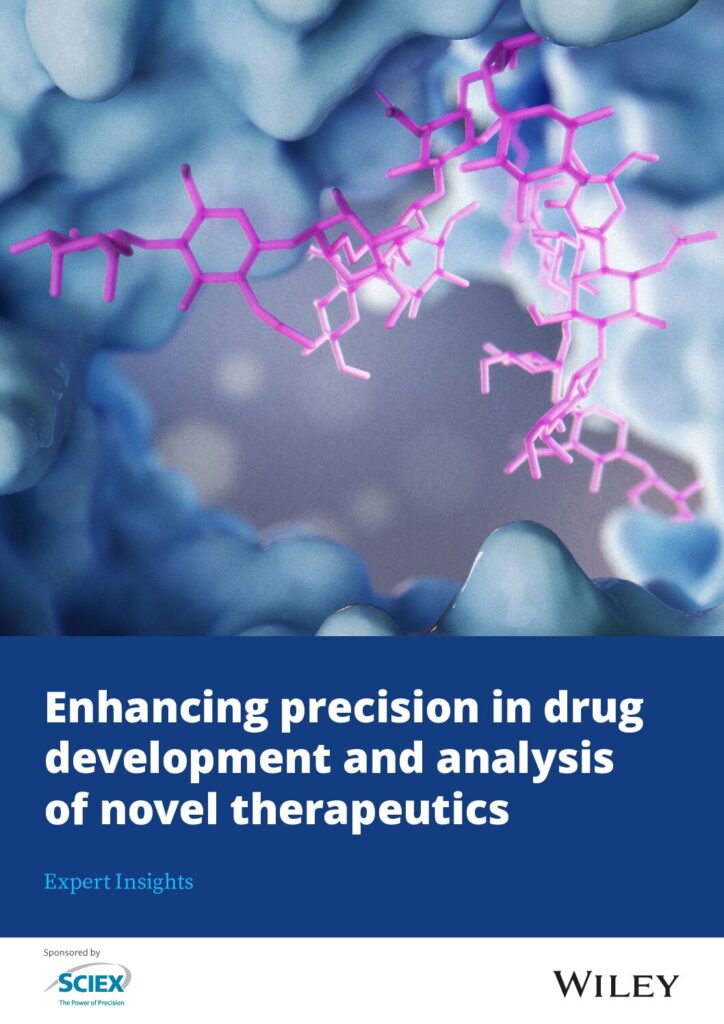Download this complimentary Expert Insights eBook today!
Discover the future of therapeutic analysis with our Expert Insights eBook, showcasing cutting-edge advancements in analytical techniques. By integrating multiple methods, you can achieve unparalleled precision in structural elucidation, molecule differentiation, and novel therapeutic characterization. Enhance your analysis accuracy and efficiency to ensure drug quality and safety.
What you’ll learn:
- Advanced workflows for metabolite identification and impurity quantification using innovative systems.
- The benefits of electron-activated dissociation (EAD) over collision-induced dissociation (CID) for metabolite identification.
- The role of capillary electrophoresis sodium dodecyl sulfate (CE-SDS) in identifying glycosylated heavy chain heterogeneity in monoclonal antibodies.
LOOK INSIDE

More Information
Advancements in analytical techniques are transforming drug development and biopharmaceutical analysis. This collection explores how methods like mass spectroscopy (MS) and capillary electrophoresis (CE) are improving precision in therapeutic characterization. By integrating these techniques, researchers can ensure drug safety, efficacy, and quality while addressing critical challenges in the pharma and biotech industries.
Articles contained in the collection:
- Yao, M. et al. (2024). Advancing structural elucidation of conjugation drug metabolites in metabolite profiling with novel electron-activated dissociation. Rapid Communications in Mass Spectrometry. https://doi.org/10.1002/rcm.9890.
- Yang, J. et al. (2024). Reference-free thio-succinimide isomerization characterization by electron-activated dissociation. Rapid Communications in Mass Spectrometry. https://doi.org/10.1002/rcm.9910.
- Li, M. et al. (2024). Using capillary electrophoresis sodium dodecyl sulfate (CE-SDS) and liquid chromatograph mass spectrometry (LC–MS) to identify glycosylated heavy chain heterogeneity in the anti-VEGFR-2 monoclonal antibody. Electrophoresis. https://doi.org/10.1002/elps.202300258.

